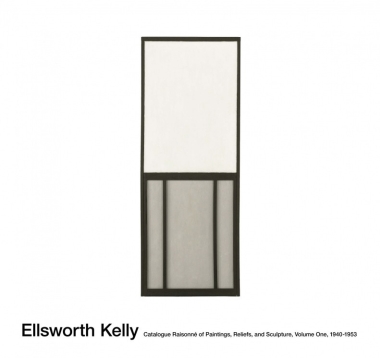
Ellsworth Kelly: Catalogue Raisonné of Paintings and Sculpture - Vol. 1, 1940 - 1953
Vol. 1, 1940 - 1953
Eredeti ár:
142 092.-
Jelenleg nem rendelhető
WINNER - Pierre Daix Prize 2015 for an art history book on modern or contemporary art - Written by Kelly scholar Yve-Alain Bois in direct collaboration with the artist, this comprehensive multivolume publication contains exhaustive documentation of each of Kelly’s paintings, sculptures, and reliefs. Encompassing Kelly’s work up to his return to the United States from France in 1954, the present volume covers the artist’s formative years as a student at the School of the Museum of Fine Arts in Boston and as a young artist living in Paris, where he began painting the abstract forms which would later define his career. The catalogue includes insightful texts and high-quality images of individual works and preparatory drawings, along with provenance information, exhibition history, and bibliographic information. Kelly’s remarkable pace of production during this early period resulted in an especially diverse oeuvre, which is discussed in depth throughout this publication. In Bois’s words, “This diversity is the main reason many of the works examined in this volume are discussed at such length and in such detail: In almost every case, the particular question the artist was addressing, and the formal solution he devised for it, was entirely novel to him.”